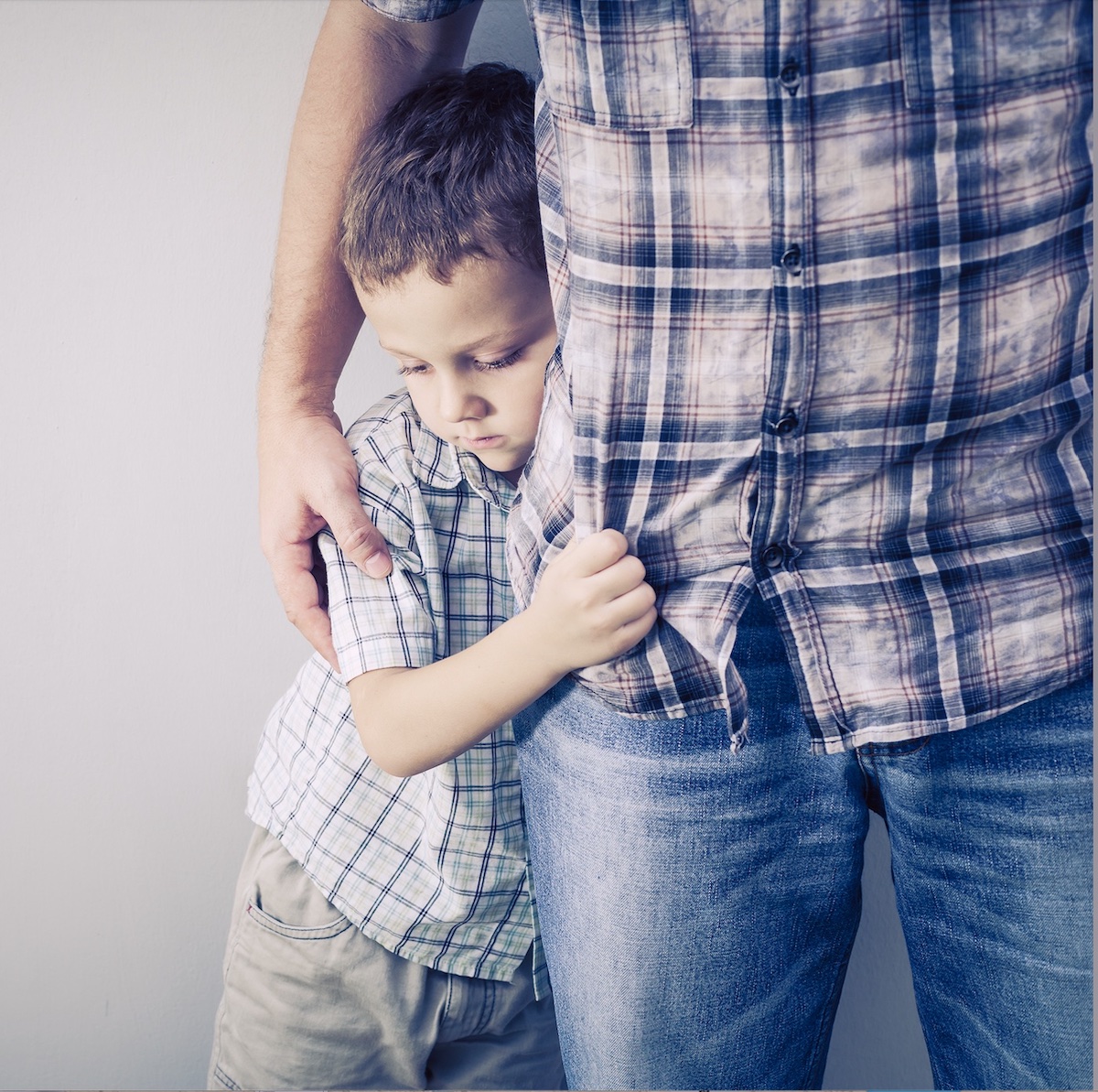
My child is shy and does not make friends easily. Should I be worried?
Although childhood shyness is commonplace, it concerns many parents, especially those who place great value on sociability. Some children become shy because of harsh life experiences, but most are born that way. For some middle-years children, social situations and interactions can be terrifying. When they come in contact with new children, they rarely feel at ease.
Typically, they are unwilling or unable to make the first move, preferring to abandon a potential friendship rather than reach out to the unfamiliar. A few of these timid children may be emotionally distressed, but they are in the minority. In fact, some children are just naturally withdrawn and slow to warm up in new situations.
Severe shyness. In some cases, shyness can be disabling. Extremely shy children often do not adapt as well as most of their peers in the classroom and on the playground. The longer this pattern exists, the more difficult it is for children to change.
Shyness can increasingly lead to purposeful avoidance of social settings and withdrawal, and ultimately create an inability to function effectively as a social adult. If your child’s shyness becomes debilitating, it may be caused by an anxiety disorder or a temperament pattern; then an evaluation by a child mental-health professional would be helpful.
Time to adjust. Most shy children, however, do well in relationships and in social settings once they are past an initial period of adjustment. Children who have difficulty establishing and maintaining relationships even after the ice-breaking period merit more concern and attention. Eventually, many (and perhaps most) children who are shy learn to conquer their tendency. They function in ways that are not obviously timid or reticent, although inside they may still feel shy. Parents can gently guide or direct their children into social situations in which they can learn to successfully interact.
Rejected children. Most children want to be liked, yet some are slow in learning how to make friends. Others may long for companionship but might be excluded from one group or another, perhaps picked on because of the way they dress, poor personal hygiene, obesity, or even a speech impediment.
Youngsters are often rejected by peers if they exhibit disruptive or aggressive behavior. Still other children may hover on the fringes of one clique or another but never really get noticed. These neglected children spend most of their time alone.
Rejected youngsters are overtly disliked by their peers and are constantly made to feel unwelcome. They often tend to be aggressive or disruptive and very sensitive to teasing. They may be bullies and rule-violators, or they may be so unsure of themselves that they invite the rejection of others. They might also be rejected because of their impulsive and disruptive behavior. Some of them may have attention deficits or hyperactivity.
Neglected children. Neglected children, on the other hand, are not overtly rejected and teased but are often just ignored, forgotten, not invited to parties, and are the last ones picked for a team. These youngsters may be perceived as loners but might be passive and detest their isolation.
Others may actually prefer to be alone. This latter group might be respected and admired by others but simply feel more comfortable in solitary pursuits or in spending time with parents, siblings, other adults, or even pets. They may also lack the social skills and self-confidence necessary for them to enter social arenas, often because of limited social experiences. Or they may be more shy, quiet, and reserved than most of their peers.
How parents can help. Successful peer interactions require a variety of skills and special ways of interacting. Parents should look for these skills in their children and help develop and model them.
- Coping with failure and frustration
- Coping with success
- Coping with change and transitions
- Coping with rejection and teasing
- Managing anger
- Using humor
- Forgiving
- Apologizing
- Refusing to accept a dare
- Thinking up fun things to do
- Expressing affection
- Avoiding dangerous situations
- Defending himself
- Comforting someone
- Sharing
- Making requests
- Self-disclosure
- Giving a compliment
- Expressing appreciation
- Coping with loss
- Sticking up for a friend
- Doing favors
- Asking for help
- Helping others
- Keeping secrets
Source: https://www.healthychildren.org/English/ages-stages/gradeschool/Pages/Shyness-in-Children.aspx












